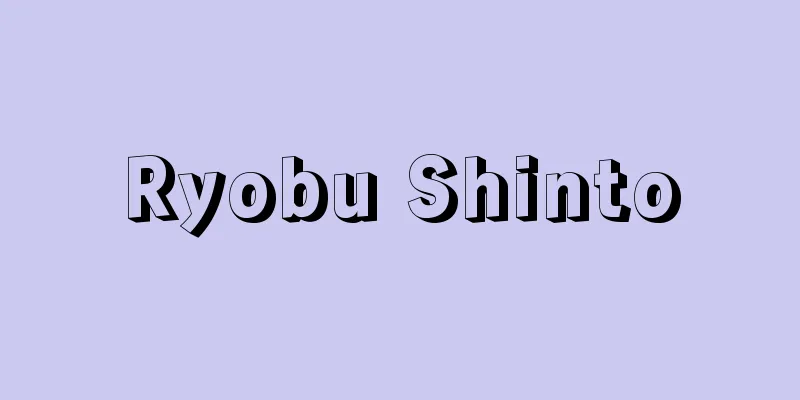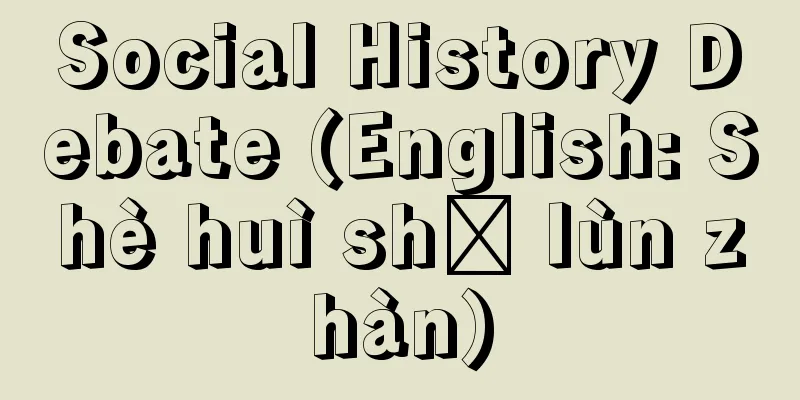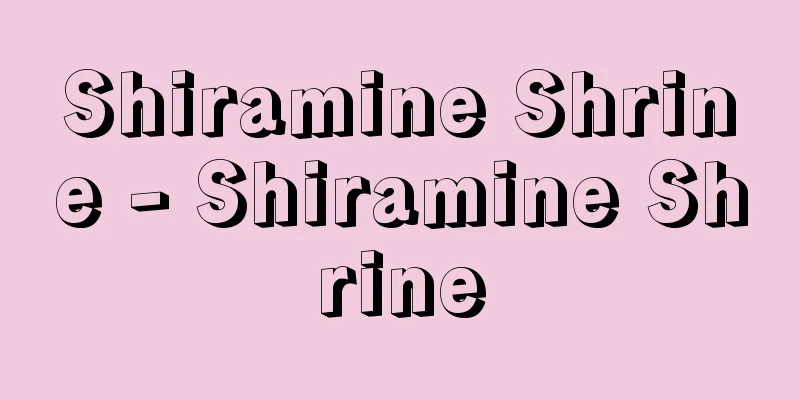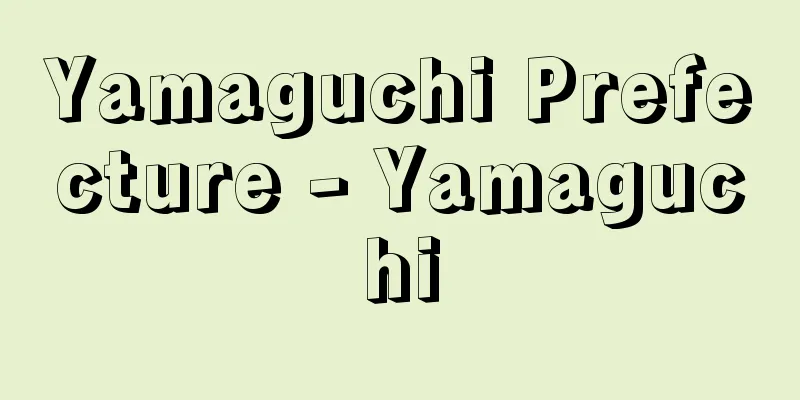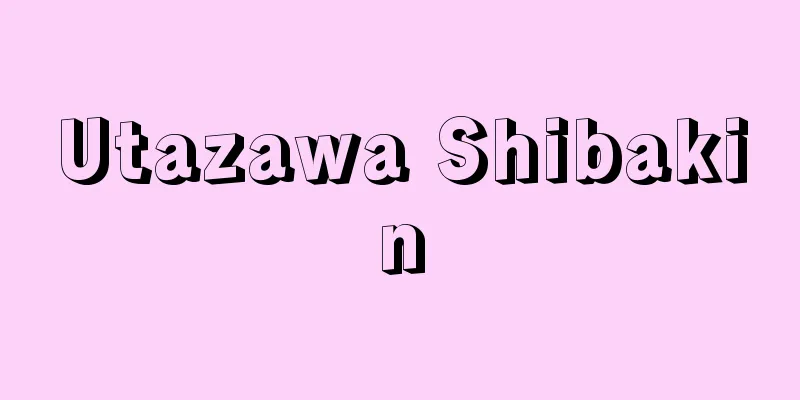"Red Dragonfly" (Magazine) - Red Dragonfly

|
...It produced many works, including Kitabatake Yaho's "Jiro Butchin Diary," Tsuboi Sakae's "Star in the Shack," Muku Hatoju's "Animal Sketches," Hiratsuka Takeji's "Dr. Wizard," Tsubota Joji's "Dream," Okamoto Yoshio's "Camels Alley," Kokubu Ichitaro's "Rain-Making Village," and Tsukahara Kenjiro's "The Story of a Dog." It was highly regarded as a conscientious children's magazine after the war, along with other magazines published during the same period, such as "Akatonbo" (April 1946 to October 1948), "Kodomo no Hiroba" (April 1946 to May 1950), "Shokunin Sekai" (July 1946 to October 1948?), and "Shounen Shojo" (February 1948 to December 1951), but all of these magazines were discontinued by the early 1950s, giving way to popular entertainment magazines. [Tomita Hiroyuki]... From a children's magazineIn the early Showa period, the proletarian children's magazine Shonen Senki (1929) was launched, but it soon ceased publication. After the Second Sino-Japanese War in 1937, children's magazines were gradually controlled, and by 1944, only five magazines remained: Nihon no Kodomo, Yoiko no Tomo, Shokokumin no Tomo, Shonen Club, and Shojo Club. After World War II, a flood of conscientious magazines with high literary quality, such as Akatonbo, Kodomo no Hiroba, Ginga (1946), and Shonen Shojo (1948), were launched, but by 1950 they had all ceased publication, and in their place a series of new popular entertainment magazines, such as Omoshiro Book, Shonen (1950), Shojo (1950), and Manga Shonen (1950), appeared one after another. Then, with the development of television, magazines went from being read to being watched, and from monthly to weekly, and today, except for monthly magazines for each school year, most children's magazines are weekly gekiga magazines, which are widely read by people of all ages. … *Some of the terminology explanations that refer to "Akatonbo (magazine)" are listed below. Source | Heibonsha World Encyclopedia 2nd Edition | Information |
|
…北畠八穂《ジロー・ブーチン日記》,壺井栄《あばらやの星》,椋鳩十《動物スケッチ》,平塚武二《ウイザード博士》,坪田譲治《ゆめ》,岡本良雄《ラクダイ横丁》,国分一太郎《雨ごいの村》,塚原健二郎《犬のものがたり》など多くの作品を生んだ。同じ時期の《赤とんぼ》(1946年4月~48年10月),《子供の広場》(1946年4月~50年5月),《少国民世界》(1946年7月~48年10月?),《少年少女》(1948年2月~51年12月)などとともに戦後の良心的児童雑誌として評価されたが,これらの雑誌は1950年代初めまでにすべて廃刊となり,大衆的な娯楽誌に席を譲った。【冨田 博之】。… 【児童雑誌】より… 昭和初期には,プロレタリア児童誌《少年戦旗》(1929)が生まれたが,すぐ廃刊になり,1937年の日中戦争を境にして児童雑誌も徐々に統制され,44年には《日本ノコドモ》《良い子の友》《少国民の友》《少年俱楽部》《少女俱楽部》の5誌だけになった。 第2次世界大戦後は,《赤とんぼ》《子どもの広場》《銀河》(1946),《少年少女》(1948)などの文芸的に質の高い良心的雑誌がせきを切ったように創刊されたが,50年までにはみな廃刊となり,かわって《おもしろブック》《少年》《少女》《漫画少年》など一連の新しい大衆娯楽雑誌がつぎつぎに登場した。そしてテレビの発達とともに,〈読む〉雑誌から〈見る〉雑誌へ,月刊から週刊へと移りかわり,現在では,児童雑誌といえば学年別月刊誌以外はほとんどが週刊劇画雑誌で,年齢を問わず,幅広く読まれている。… ※「《赤とんぼ》(雑誌)」について言及している用語解説の一部を掲載しています。 出典|株式会社平凡社世界大百科事典 第2版について | 情報 |
<<: "Red Dragonfly" (nursery song) - Red Dragonfly
Recommend
Ecoro - Ecoro
…It is found mainly in the savannah regions of We...
Rhumba
…Cuban popular music. In English, it is called rh...
Primula sinensis (English spelling)
… [Munemin Yanagi]. … *Some of the terminology th...
Dua
...In particular, when Mongke became the Great Kh...
Zacharias Ursinus
…After becoming ruler of the Palatinate, Elector ...
False Pregnancy - Sozouninshin
This occurs when a woman approaching menopause or...
Nectophrynoides
…These terrestrial species can tolerate the loss ...
"Illustrated picture of Oeikinmei"
…Muso Soseki created gardens at temples all over ...
Mimigawa
This river originates in Shiibason, Kyushu Mounta...
Messalina - Valeria Messalina
Wife of the ancient Roman Emperor Claudius I. At ...
Caste, DW - Caste
...An electron (β particle) accelerator put into ...
Mangrove (English name) Avicennia marina (Forsk.) Vierh.
An evergreen tree of the Verbenaceae family that g...
Coagulated charcoal - Gyoketsutan
…Coal can be broadly divided into two categories ...
α-Chlorotoluene - α-chlorotoluene
…Also known as α-chlorotoluene. It is a colorless...
"Kan'en Seimeidan" - Kan'en Seimeidan
…Died at the age of 40. Shortly after the inciden...

